Home>Garden Essentials>Garden Storage>How To Declutter Wardrobe
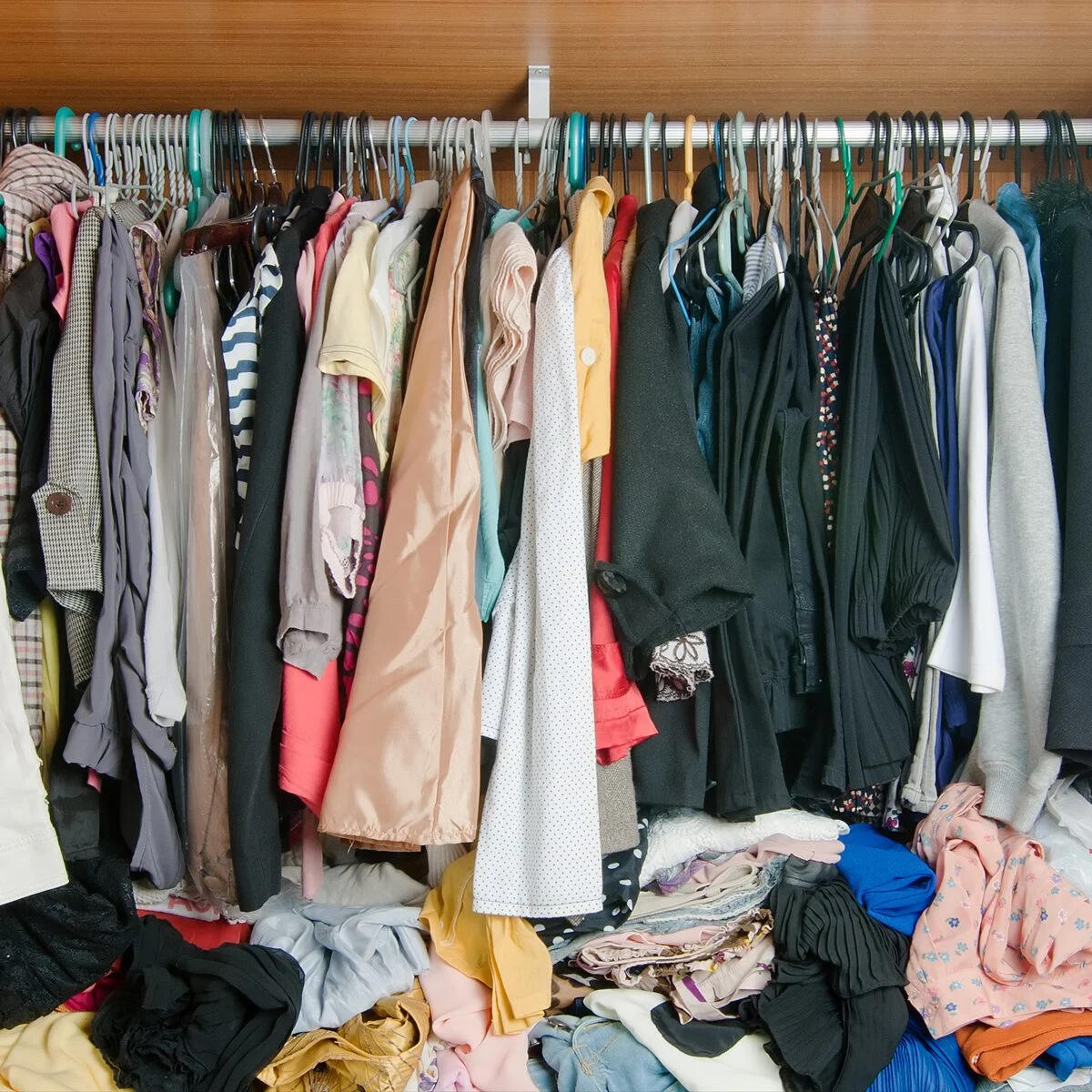

Garden Storage
How To Declutter Wardrobe
Modified: August 27, 2024
Learn how to declutter your wardrobe and create more storage space with these easy tips and tricks. Transform your closet into an organized and functional space.
(Many of the links in this article redirect to a specific reviewed product. Your purchase of these products through affiliate links helps to generate commission for Storables.com, at no extra cost. Learn more)
Introduction
Welcome to the ultimate guide on how to declutter your wardrobe! If you find yourself constantly rummaging through a sea of clothes every morning only to feel overwhelmed and frustrated, then it’s time to take control of your wardrobe and reclaim your sanity. Decluttering not only helps you create a more organized and functional space, but it can also save you time and reduce decision fatigue.
In this article, we will walk you through a simple step-by-step process to declutter your wardrobe effectively. By following these steps, you will not only be able to weed out items that no longer serve you but also create a wardrobe that reflects your personal style and streamlines your daily routine.
Decluttering your wardrobe is not just about getting rid of clothes. It’s an opportunity to evaluate your style preferences, identify what truly brings you joy, and make room for new pieces that you will love and wear regularly. So, let’s get started on this transformative journey towards a clutter-free and curated wardrobe.
Key Takeaways:
- Decluttering your wardrobe involves assessing, sorting, and making intentional decisions about your clothes. By evaluating fit, style, and sentimental value, you can create a curated wardrobe that reflects your current lifestyle and preferences.
- Organizing and maintaining a decluttered wardrobe requires utilizing storage solutions, practicing the one in, one out rule, and staying true to your personal style. By staying organized and mindful of your purchases, you can enjoy a clutter-free and efficient wardrobe for the long term.
Read more: How To Declutter A Room
Step 1: Assessing your wardrobe
Before diving into the decluttering process, it’s crucial to assess your current wardrobe and understand its contents. This step will help you gain a clear picture of what you have and allow you to make informed decisions moving forward.
Start by emptying your entire wardrobe and laying everything out. This step may seem daunting, but it’s essential to have a complete view of your clothing collection. As you begin the assessment, keep these key points in mind:
- Condition: Evaluate the condition of each garment. Discard items that are damaged, stained, or beyond repair. Don’t hold on to items with the hope of fixing them if it’s unlikely you’ll actually follow through.
- Fit: Assess the fit of your clothes. Any items that no longer fit your body shape or size should be set aside for donation or resale. Holding onto ill-fitting garments only takes up valuable space and can contribute to decision fatigue each time you get dressed.
- Style: Consider your personal style preferences. Identify pieces that no longer align with your current taste or lifestyle. If you find items that haven’t been worn in years or no longer resonate with your sense of fashion, it’s time to let them go and make room for items that better reflect who you are now.
- Usage: Evaluate how often you wear each item. Be honest with yourself and let go of pieces that rarely see the light of day. If you’ve been holding onto something because you think it might come in handy someday but it hasn’t been worn in months or years, it’s time to part ways.
- Sentimental Value: Some pieces may hold sentimental value, making it difficult to let go. While it’s okay to keep a few sentimental items, be mindful not to let nostalgia overpower your judgment. Choose a few pieces that truly hold significant meaning and let go of the rest.
Once you’ve completed the assessment, you should have a better sense of the items that are worth keeping and those that need to go. Remember, the goal is to create a wardrobe that reflects your current style, makes getting dressed easier, and eliminates unnecessary clutter.
Step 2: Sorting and categorizing clothes
Now that you have assessed your wardrobe, it’s time to sort and categorize your clothes. This step will help you create order and make it easier to find what you need.
Start by creating categories based on the type of clothing. Common categories include tops, bottoms, dresses, outerwear, and accessories. If you have specific subcategories such as jeans, skirts, or blouses, feel free to create those as well.
As you sort through your clothes, ask yourself the following questions:
- Do I love this item and feel confident when I wear it?
- Does this item fit my current style and lifestyle?
- Have I worn this item in the past year?
Be honest with yourself when answering these questions. If an item doesn’t meet your criteria, it’s time to let it go.
During the sorting process, you may come across items that have sentimental value or are designated for special occasions. Consider creating a separate category or storage space for these items. This will allow you to keep them without cluttering your everyday wardrobe.
Once you’ve finished sorting, place each category in a designated area of your wardrobe. You may choose to hang some items, fold others, or use storage solutions like boxes or bins for accessories. The key is to create a system that works for you and maximizes the use of space.
Remember, the goal of sorting and categorizing is to create a visually appealing and organized wardrobe. By doing so, you will be able to see your options clearly each time you get dressed and reduce the chances of overlooking items.
Now that you have sorted and categorized your clothes, it’s time to move on to the next step: making decisions about what to keep and what to let go.
Step 3: Making decisions
Now that you have sorted and categorized your clothes, it’s time to make decisions about what to keep and what to let go. This step can be challenging, but it’s essential to create a wardrobe that truly serves you and reflects your personal style.
When making decisions about each item, consider the following factors:
- Fit and comfort: Ensure that the item fits well and feels comfortable when worn. If it’s too tight, too loose, or simply doesn’t flatter your body shape, it’s time to let it go. Don’t hold onto items that don’t make you feel confident.
- Style and versatility: Evaluate whether the item aligns with your current style and is versatile enough to be worn in multiple outfits. If it’s outdated, no longer suits your taste, or doesn’t work with your existing wardrobe, it may be time to part ways.
- Frequency of wear: Consider how often you wear the item. If it’s been sitting in your wardrobe untouched for months or years, it’s likely not a favorite and can be let go. Keep items that you reach for regularly and that make you feel good when you wear them.
- Duplicates and similar items: Do you have multiple items that serve the same purpose? Assess whether you really need all of them or if you can choose the best one and let go of the rest. Keeping duplicates only takes up unnecessary space and adds to decision fatigue.
- Sentimental value: Some items may hold sentimental value, such as gifts, heirlooms, or clothes with special memories attached. While it’s okay to keep a few sentimental pieces, avoid holding onto too many. Pick a few that truly hold significant meaning and let go of the rest.
Be mindful of the emotional attachment you may have to certain items. Take a moment to reflect on why you’re holding onto them and whether they truly serve you in the present. Remember, by letting go of what no longer serves you, you are creating space for new items that align with your current lifestyle and preferences.
If you’re finding it difficult to let go of certain items, consider setting them aside in a separate container for a trial period. Put a timeframe on it, like three months, and if you haven’t missed or thought about those items during that time, it’s a clear sign that you can let them go without regret.
By being intentional and selective with your choices, you will be left with a curated wardrobe that showcases your personal style and makes getting dressed a breeze.
When decluttering your wardrobe, start by taking everything out and sorting items into keep, donate, and discard piles. This will help you see what you have and make it easier to organize.
Step 4: Organizing and maximizing space
Now that you have made decisions about what to keep and let go, it’s time to focus on organizing your wardrobe to maximize space and efficiency. An organized wardrobe not only makes it easier to find and access your clothes but also helps maintain the decluttered state.
Here are some tips to help you organize your wardrobe effectively:
- Utilize storage solutions: Invest in storage solutions like hangers, drawer dividers, shelf organizers, and storage boxes. These can help create designated spaces for different categories of clothing and accessories, making it easier to find and access them.
- Use vertical space: Maximize the vertical space in your wardrobe by hanging clothes on double hang bars or using cascading hangers. This will help you fit more items in a limited space without overcrowding or causing wrinkles.
- Arrange by category and color: Arrange your clothes by category (e.g., tops, bottoms, dresses) and within each category, organize them by color. This makes it visually pleasing and allows you to locate specific items easily.
- Fold strategically: For items that are better folded than hung, fold them neatly using the Marie Kondo folding method or any other method that works for you. This saves space and allows you to see all your folded items at a glance.
- Label and rotate seasonal items: If you have limited wardrobe space, consider rotating seasonal items. Pack away off-season clothes in labeled storage containers or vacuum-sealed bags. This keeps your wardrobe clutter-free and makes it easier to find the clothes appropriate for the current season.
- Keep frequently worn items accessible: Place frequently worn items within easy reach. This makes your morning routine more efficient and prevents you from digging through your wardrobe every day.
Remember to evaluate your wardrobe periodically and make necessary adjustments. As your style evolves and seasons change, you may find the need to declutter and reorganize to accommodate new items and maintain an organized and functional space.
By organizing your wardrobe thoughtfully and utilizing space-saving solutions, you will create a visually appealing and efficient storage system that enhances your daily dressing experience.
Read more: How To Declutter A Bathroom
Step 5: Maintaining a decluttered wardrobe
Congratulations on successfully decluttering and organizing your wardrobe! The final step is to maintain the decluttered state, ensuring that your wardrobe remains organized and clutter-free in the long run. Here are some tips to help you maintain the newfound order:
- Practice the one in, one out rule: For every new item you bring into your wardrobe, commit to removing an old item. This prevents your wardrobe from becoming overcrowded again and encourages you to be mindful of your purchases.
- Regularly evaluate and edit: Set aside time every few months to evaluate your wardrobe and edit out any items that no longer serve you. As your style evolves and your needs change, certain pieces may become less relevant. Don’t be afraid to let them go and create space for items that better reflect your current preferences.
- Practice proper storage and maintenance: Take care of your clothes by following the care instructions and storing them properly. Use appropriate hangers, fold delicate items gently, and clean and mend garments as needed. This will help preserve the quality of your clothes and extend their lifespan.
- Stay organized: Make it a habit to put items back in their designated places after each use. This prevents clothes from piling up and helps maintain an organized and clutter-free wardrobe.
- Regularly reassess your needs: As you go about your daily life, pay attention to the clothes you reach for the most and the ones that are often left untouched. This can provide insight into your true style preferences and help guide future purchases.
- Avoid impulse buying: Before making a purchase, consider whether it aligns with your current style and if you truly need it. Avoid impulse buying, as it can lead to unnecessary clutter in your wardrobe.
By consistently practicing these habits, you can enjoy the benefits of a decluttered wardrobe for the long term. Not only will you have a visually appealing and organized space, but you’ll also save time and reduce decision fatigue when getting dressed each day.
Remember that maintaining a decluttered wardrobe is an ongoing process. It requires dedication and regular upkeep, but the rewards are well worth it. Enjoy the simplicity, functionality, and joy that a clutter-free wardrobe brings to your life!
Conclusion
Congratulations on successfully decluttering and organizing your wardrobe! By following the steps outlined in this guide, you have taken a significant step towards creating a space that is functional, visually pleasing, and reflects your personal style. Maintaining a decluttered wardrobe is an ongoing process, but with a little effort and commitment, you can continue to enjoy the benefits for years to come.
Remember, the key to a successful decluttering process is being intentional and making decisions based on what truly brings you joy and aligns with your current lifestyle. Letting go of items that no longer serve a purpose can be challenging, but it opens up opportunities for new pieces that truly resonate with you.
As you continue on your journey to maintain a decluttered wardrobe, make sure to regularly assess your clothing collection and edit out items that no longer serve you. Practice mindful shopping, following the one in, one out rule, to avoid unnecessary accumulation of clothes.
Organizing your wardrobe thoughtfully and maximizing space will help you easily find and access your clothes. Remember to utilize storage solutions, arrange items by category and color, and keep frequently worn items within easy reach. By maintaining an organized system, you will simplify your daily routine and reduce decision fatigue.
Lastly, always stay true to your individual style and preferences. Fashion trends may come and go, but having a wardrobe that reflects your unique personality will never go out of style. Regularly reassess your needs, stay mindful of your purchases, and continuously curate your wardrobe based on what makes you feel confident and happy.
Enjoy the benefits of your decluttered wardrobe – more time, less stress, and a space that brings you joy. Embrace the simplicity and functionality that decluttering brings to your life, and never underestimate the power of a well-organized wardrobe. Happy decluttering!
Frequently Asked Questions about How To Declutter Wardrobe
Was this page helpful?
At Storables.com, we guarantee accurate and reliable information. Our content, validated by Expert Board Contributors, is crafted following stringent Editorial Policies. We're committed to providing you with well-researched, expert-backed insights for all your informational needs.
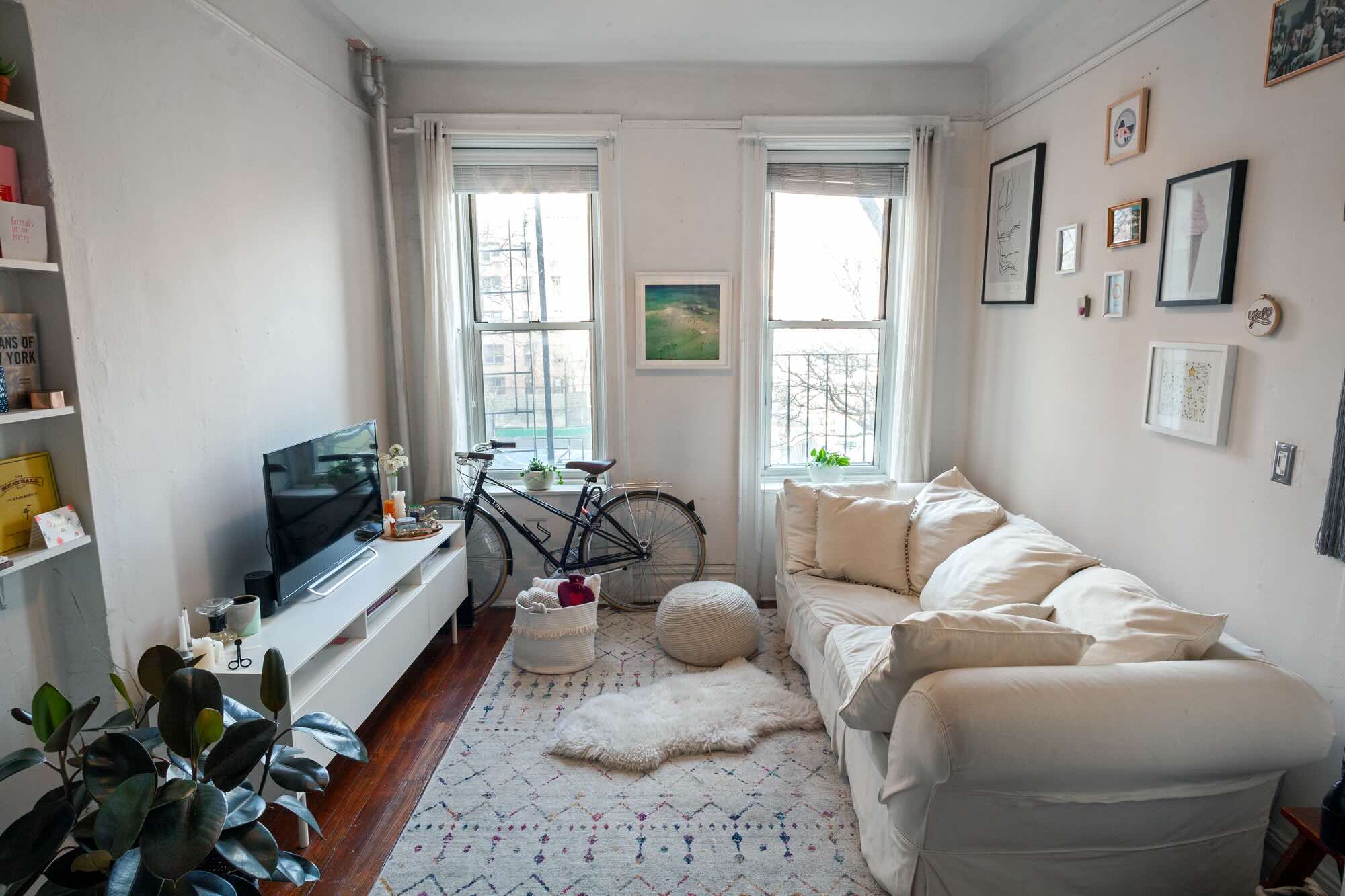
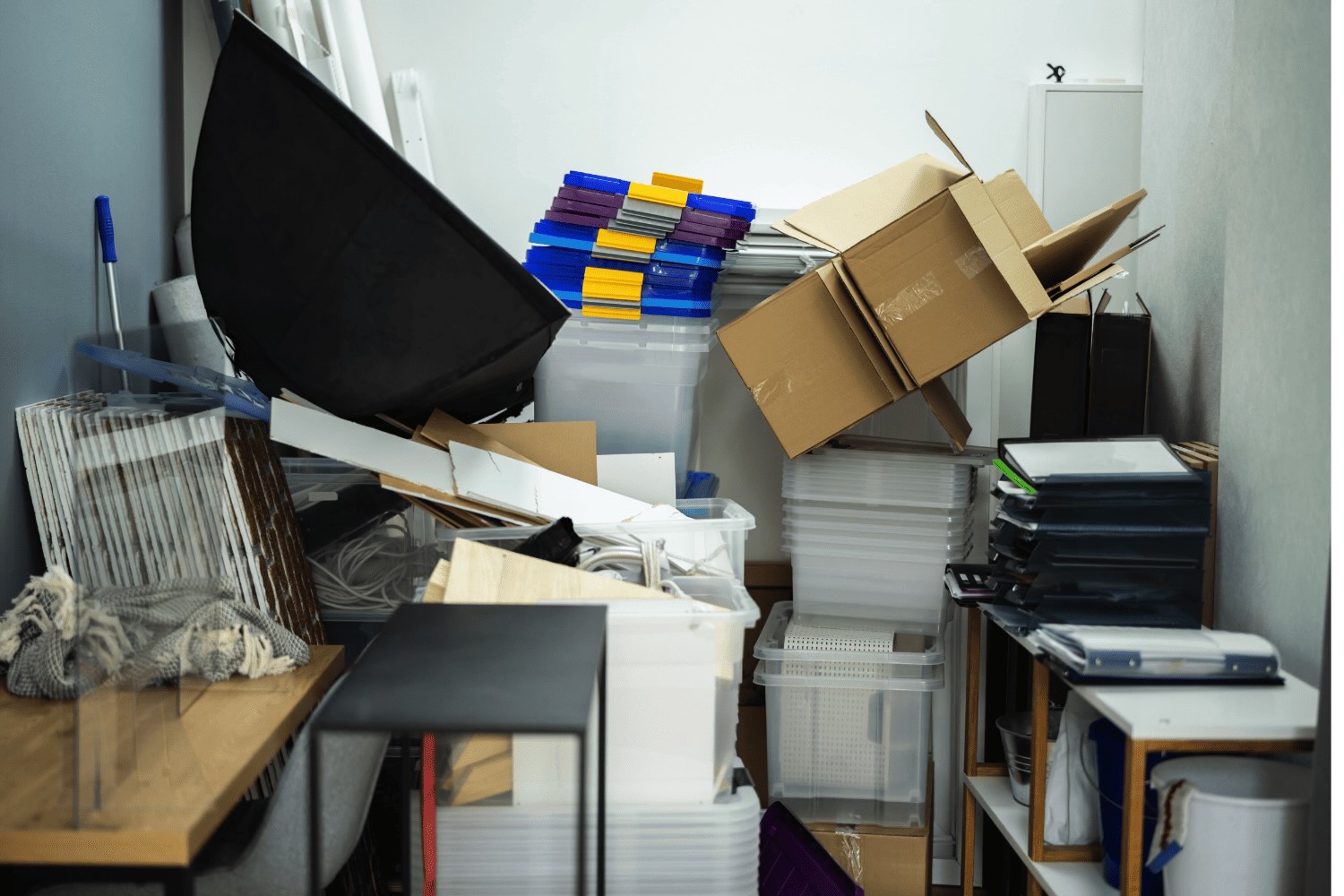
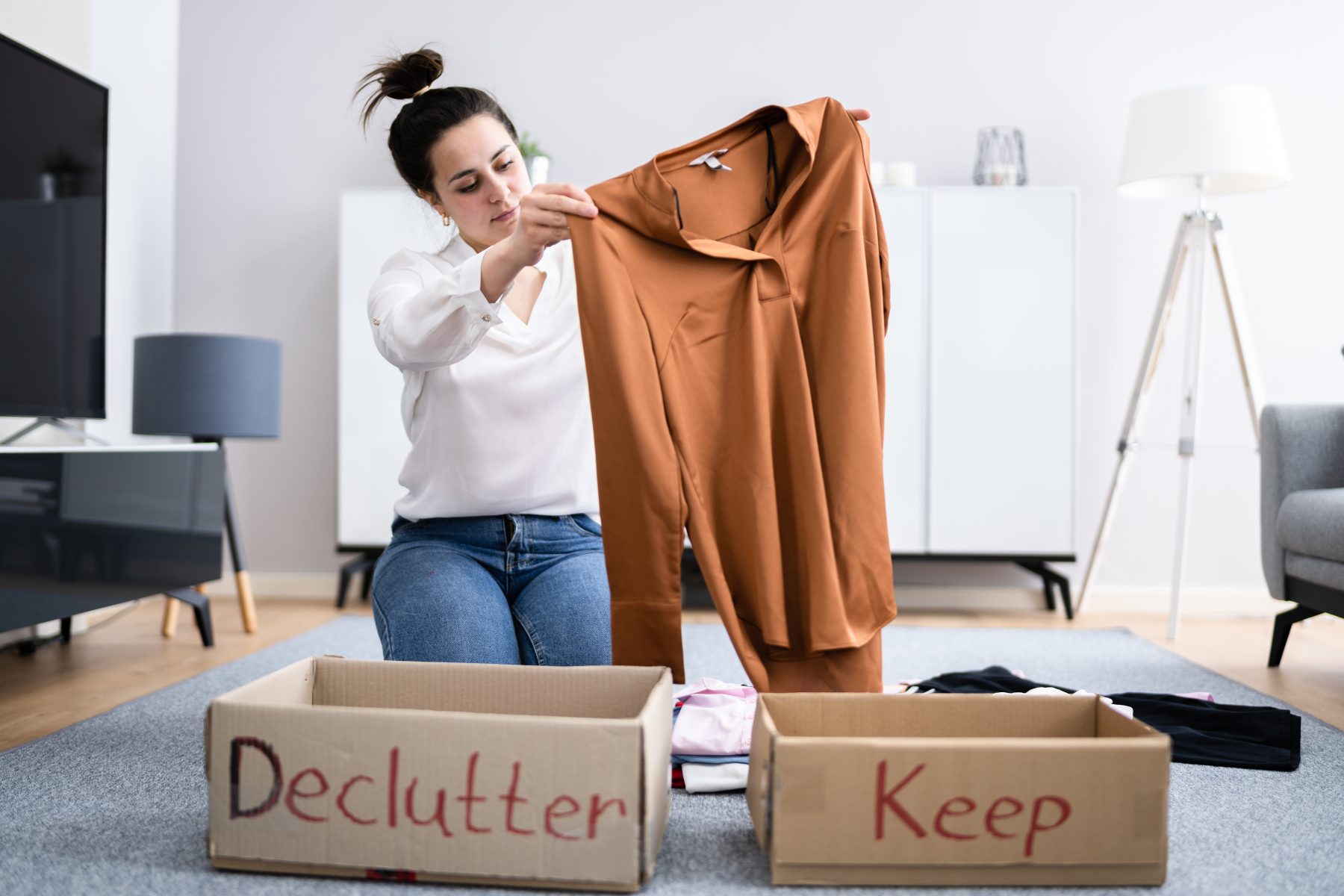

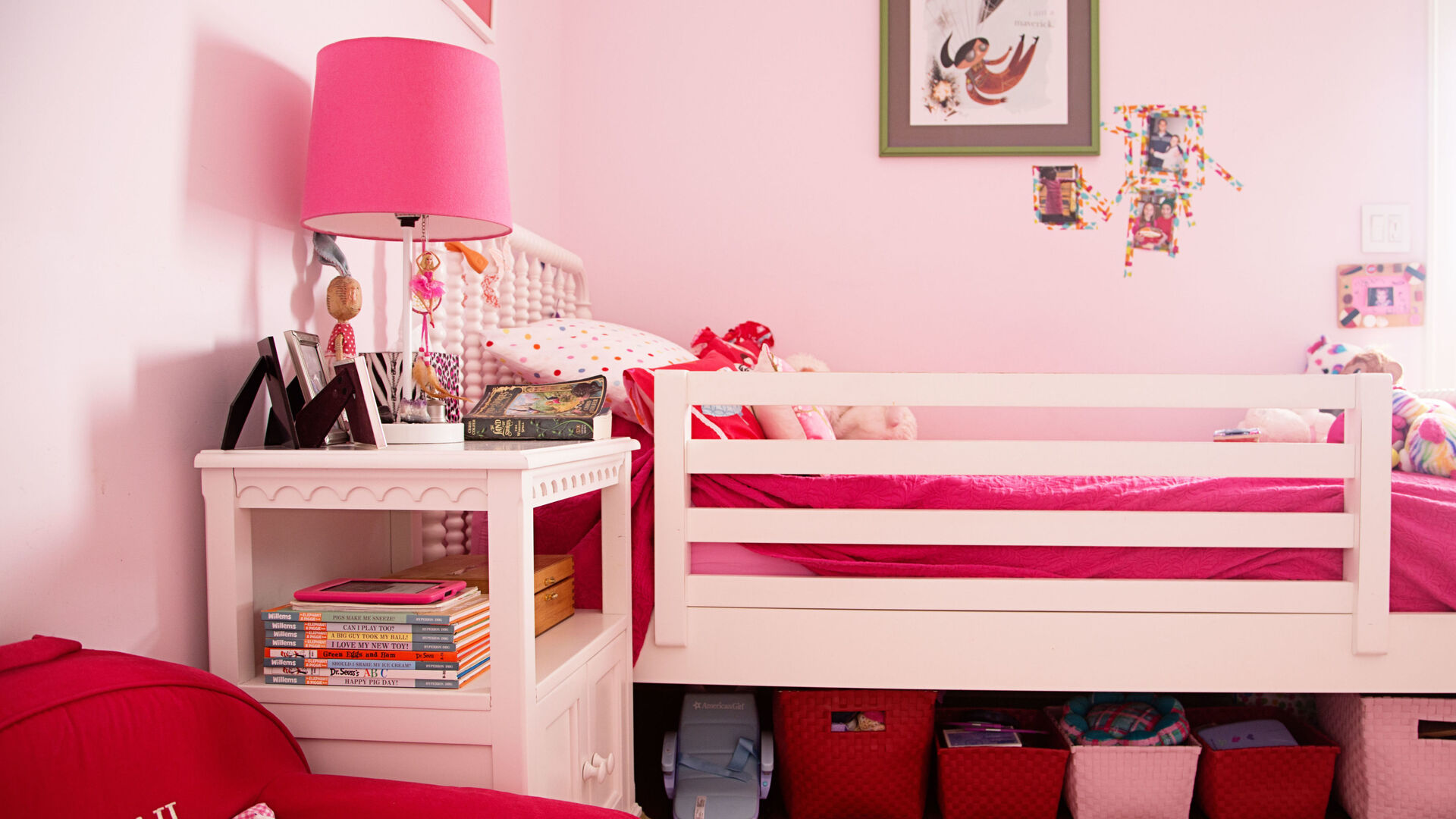
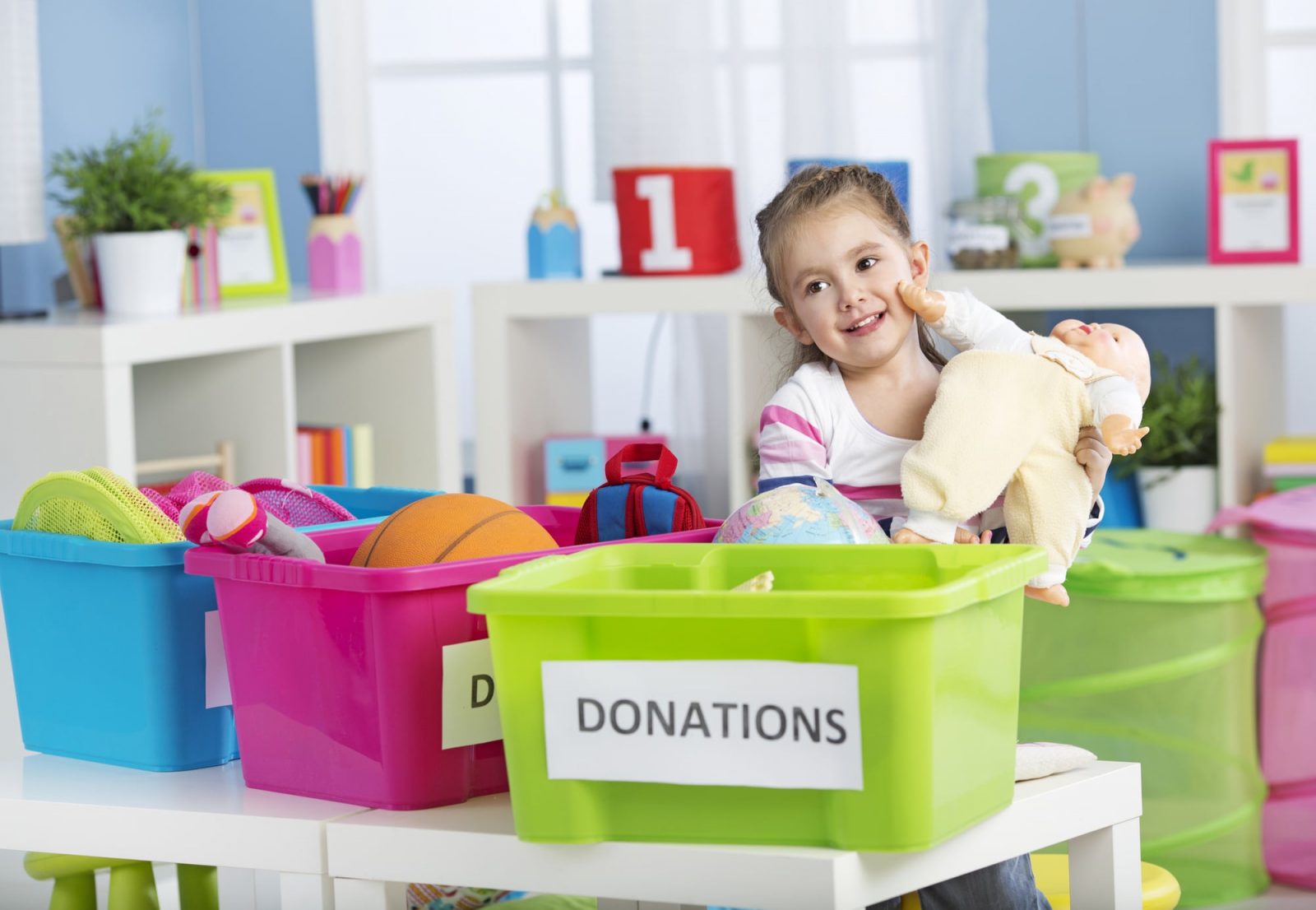
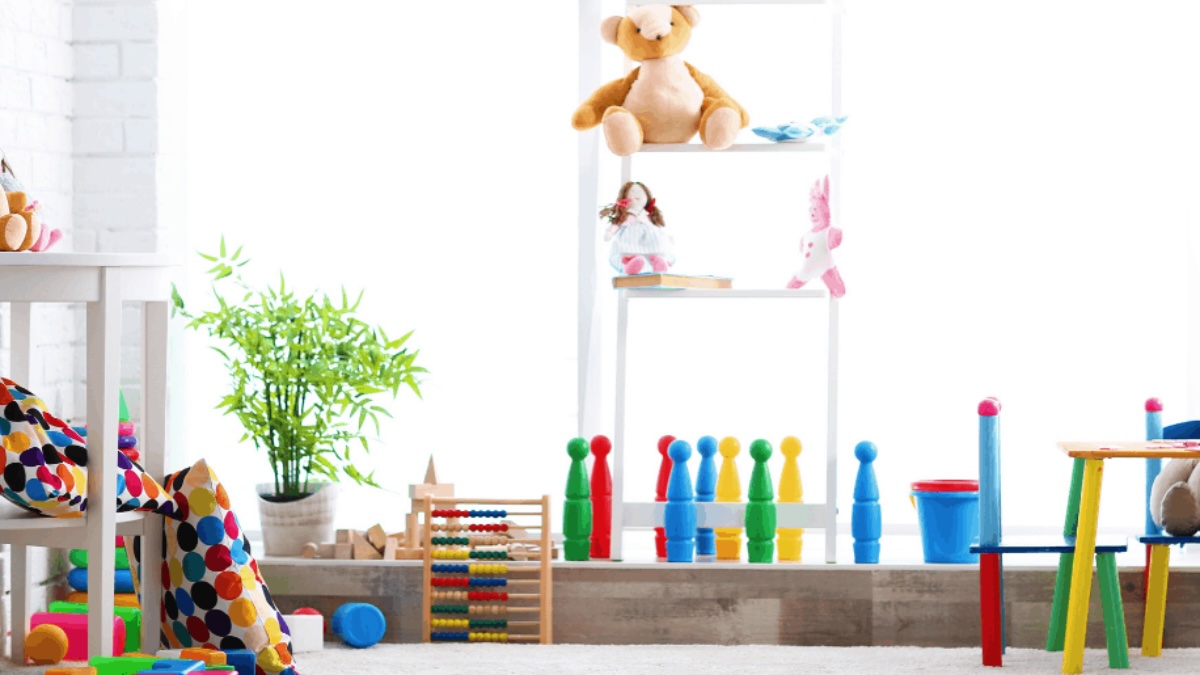

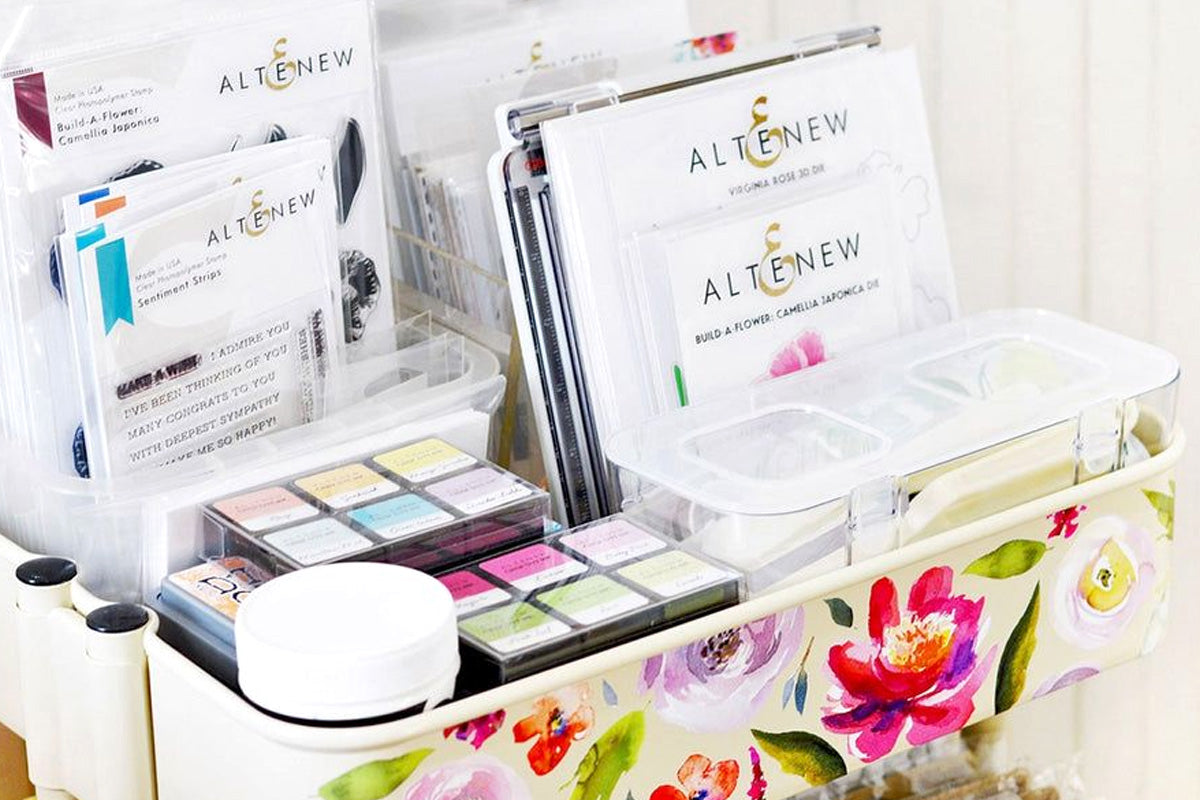
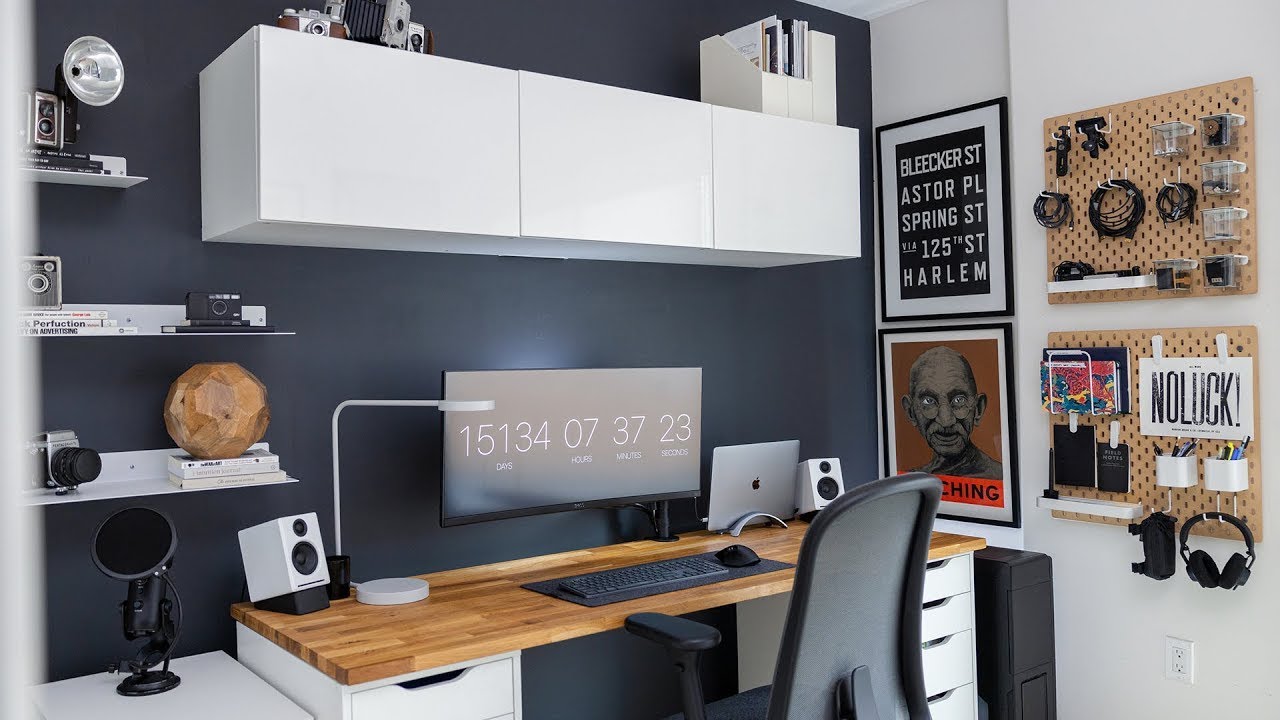

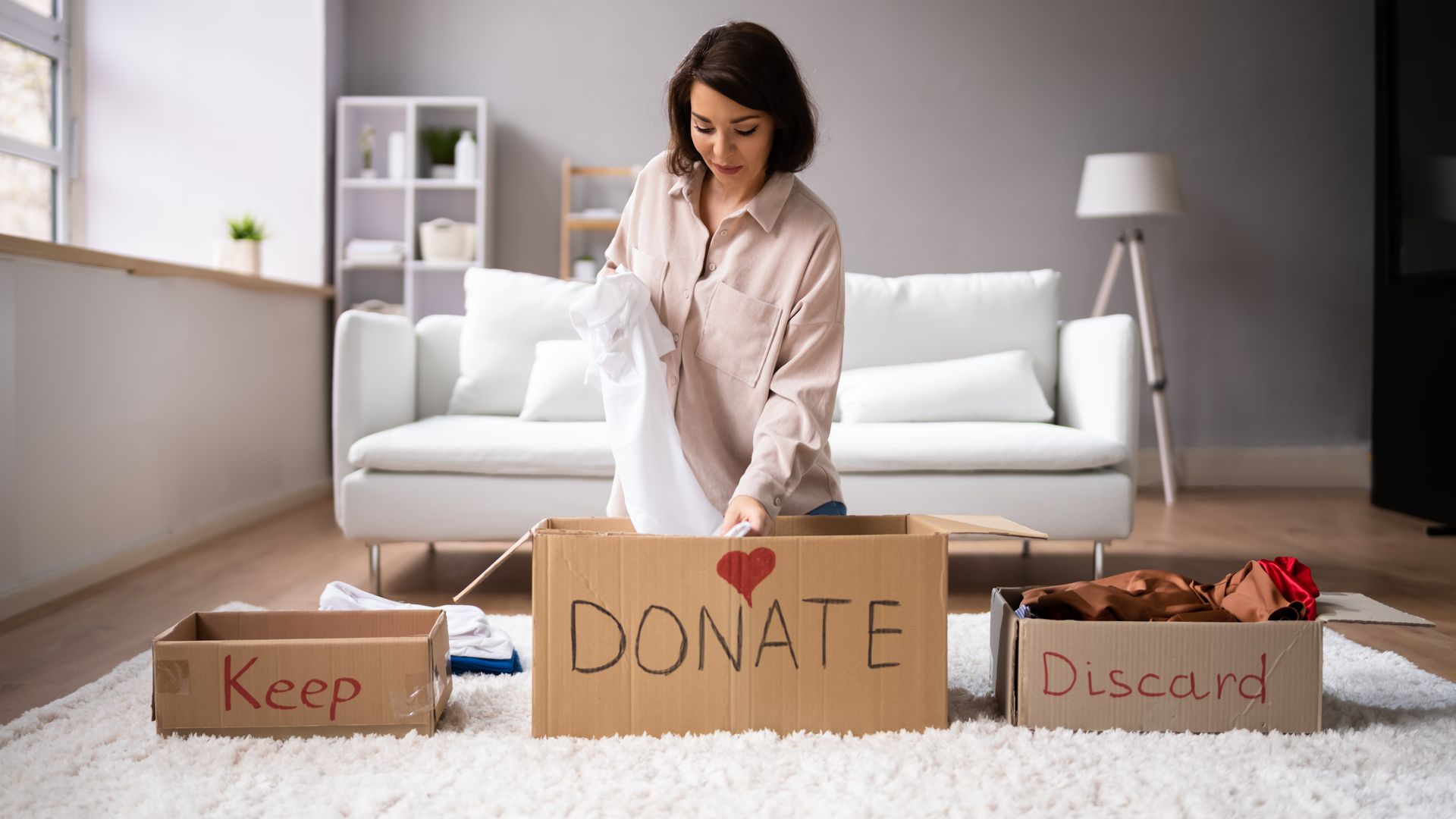
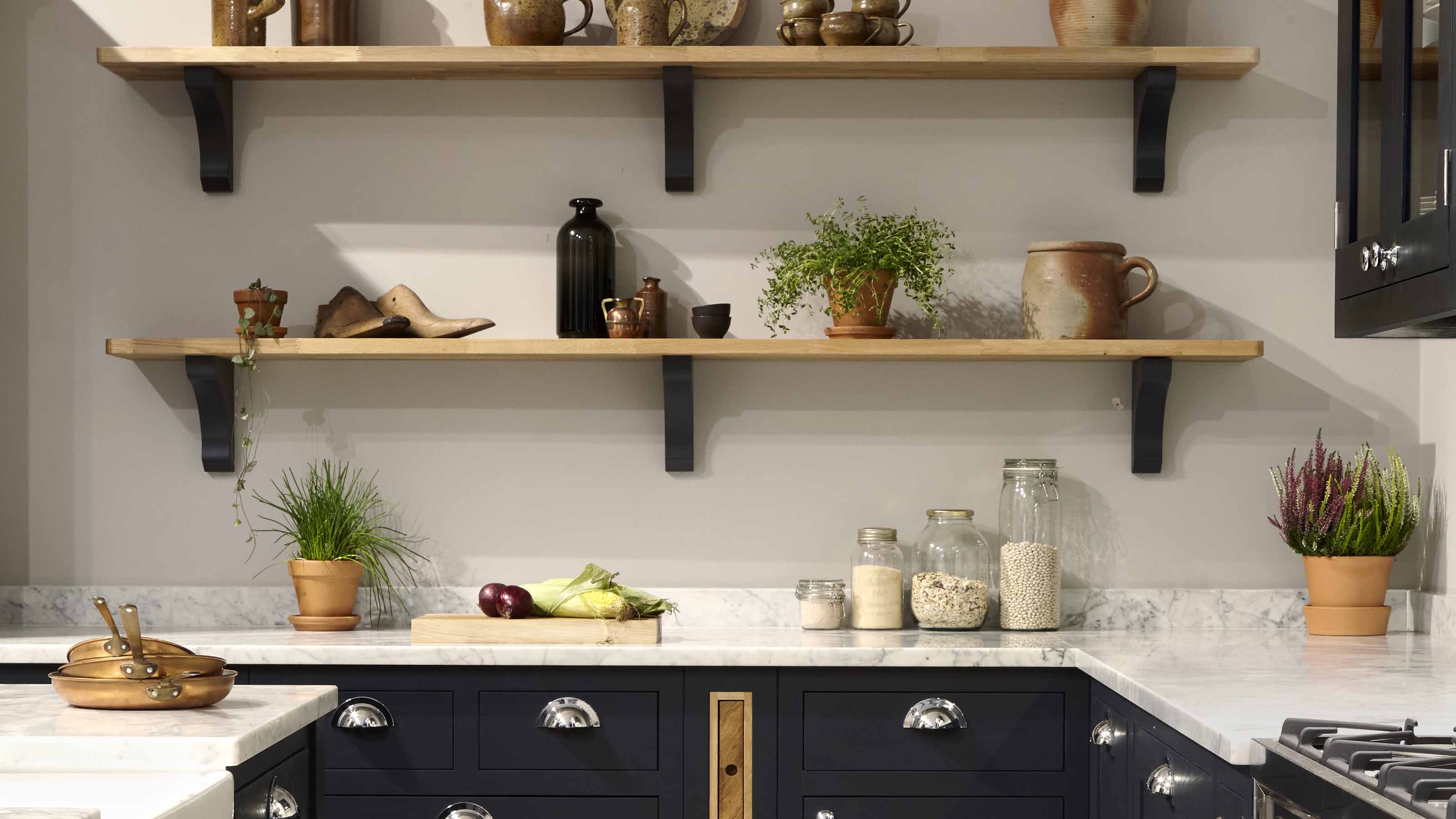


0 thoughts on “How To Declutter Wardrobe”